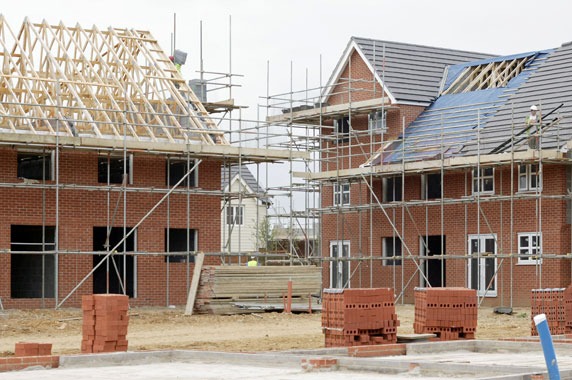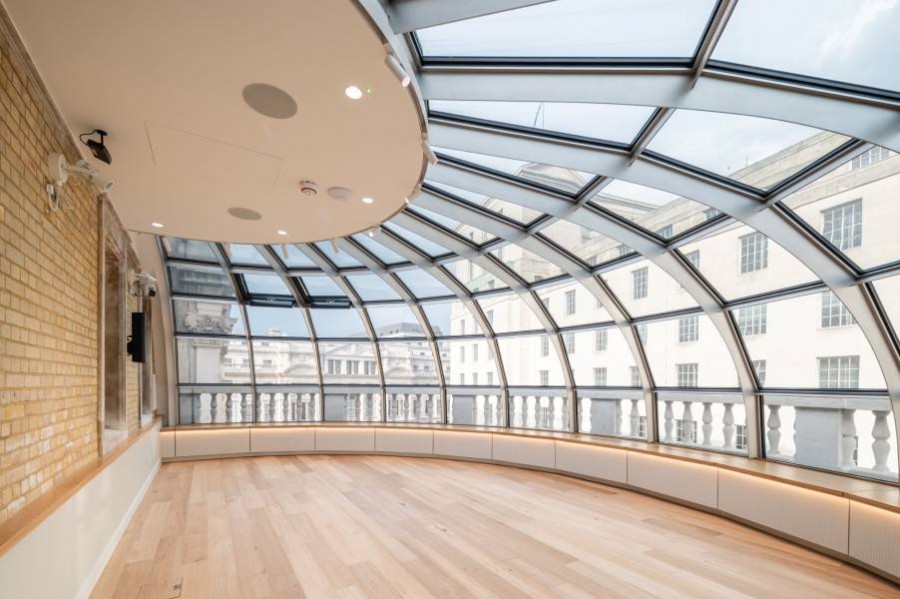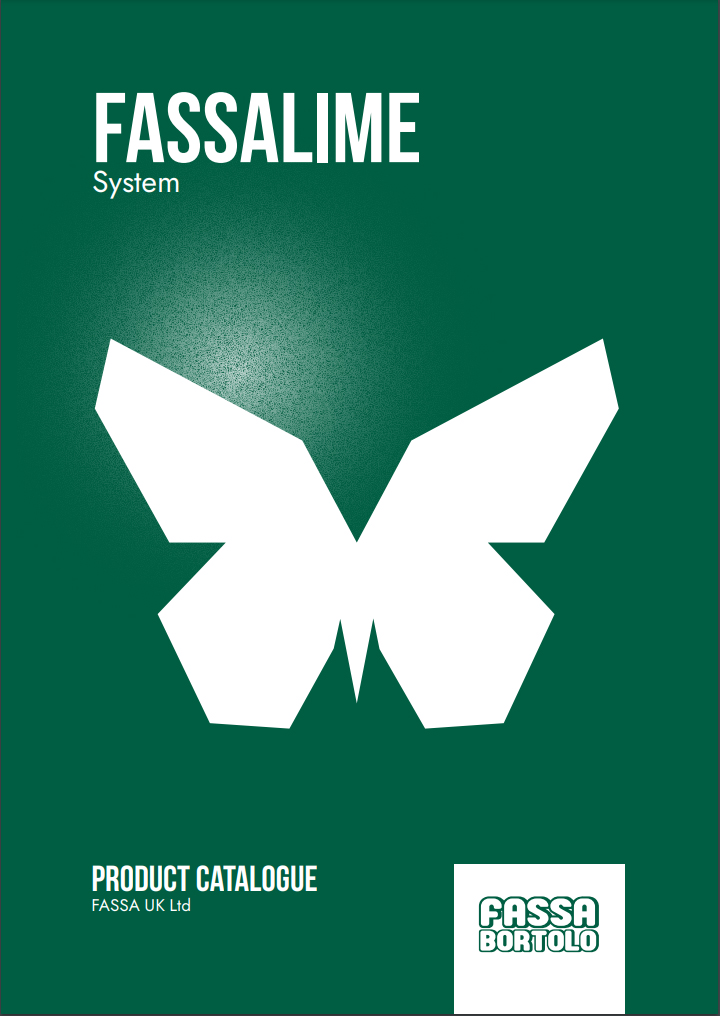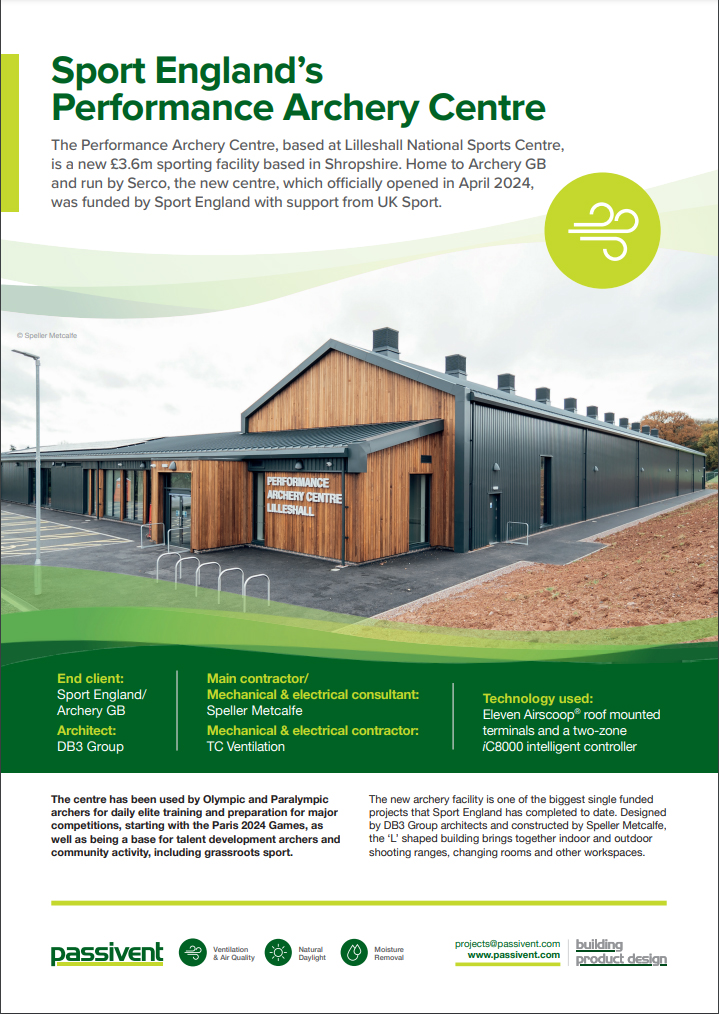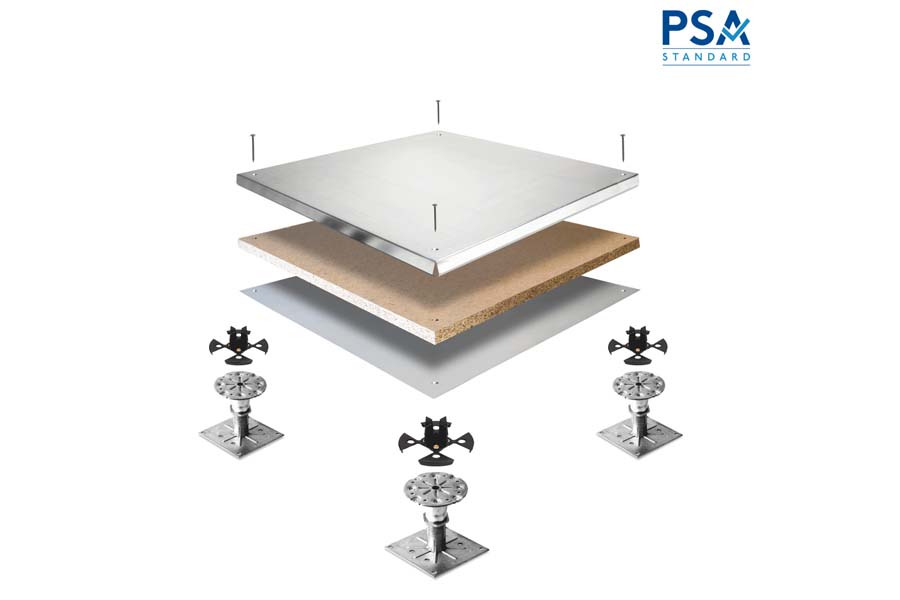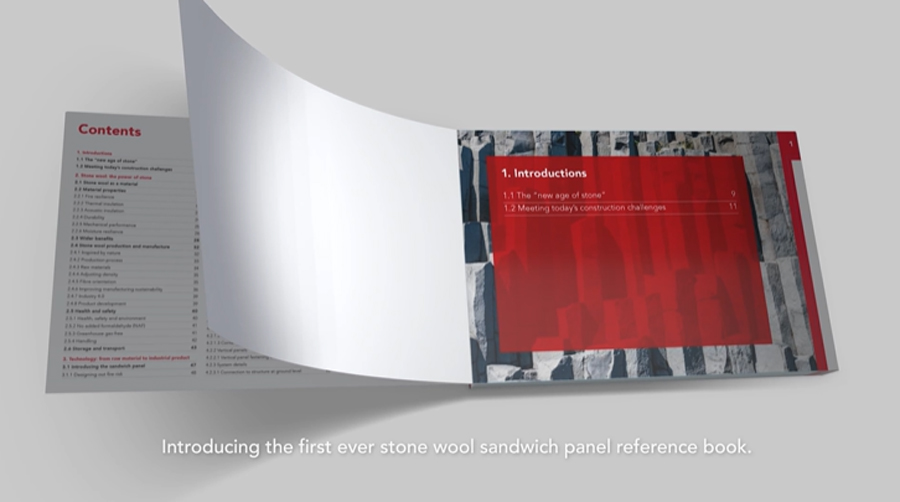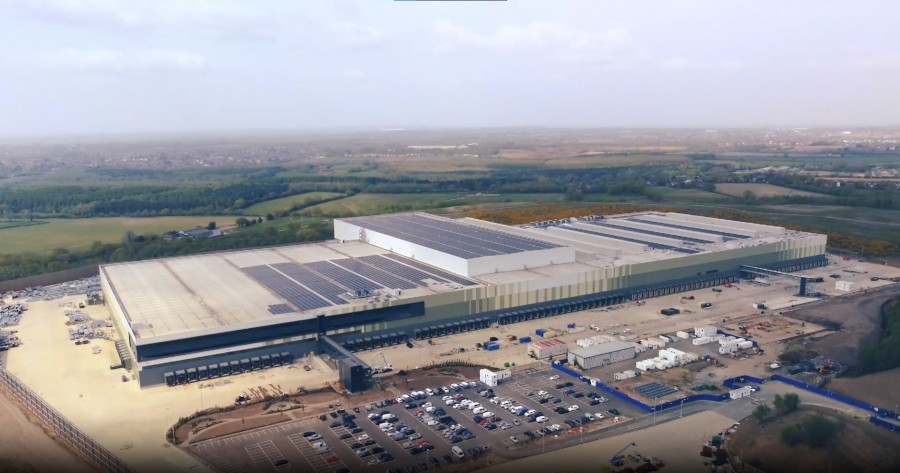The latest exhibition from RIBA – Long Life, Low Energy: Designing for a Circular Economy – will explore the design, construction, maintenance and demolition of buildings, a process that currently consumes 50% of all raw materials around the world.
In the UK, 63% of waste comes from construction sites: a total of 126 million tonnes and 50,000 buildings are demolished each year across the country, many of which could be retrofitted and repurposed.
The circular economy concept offers a framework based on the principle of eliminating waste by reusing materials, opposed to scrapping them. This show will explore where and how elements of the framework are being adopted by the construction industry today, as a critical means to reducing embodied carbon and working towards net zero.

Photo: Broadgate Demolition - AKT II
Divided into three sections, the exhibition will draw on our collections to reveal the nature and recent history of demolition. It will then showcase innovative and skillful approaches that practices such as Wilkinson Eyre, Ian Chalk Architects and Featherstone Young have adopted to move beyond a single use approach to construction – imagining new uses for redundant factories, offices and car parks – before concluding with six key approaches to circular design.
Case study projects will highlight both new and ancient methods of material reuse. From Phoenix House in Windsor by CSK Architects, which follows the tradition of salvage, using stone and bricks from places of ruin and abandonment, to two new London projects by Sheppard Robson and Hawkins\Brown where developer Fabrix has purchased 140 tonnes of steel from the demolition of One Broadgate.
The show will also explore new technologies that allow architects to create ‘material passports’ to gather information about a building before deciding if components can be reused, such as that applied by Orms Architects and the Crown Estate, alongside practical solutions such as Feilden Fowles’ demountable studio in Waterloo.
Consideration of the specific way that materials are selected and sourced forms a crucial aspect of the circular economy framework. The show will address this through two schemes by BakerBrown Studio where materials have been sourced from the immediate environs of the site to reduce the embodied carbon from transportation.
The exhibition structure itself also follows these same principles. Designed and built by U-Build – aided by members of the RIBA Youth Forum during the install process – the modular, demountable structure will be reused in several domestic and exhibition projects at the end of the show. All frames have also been sourced from previous RIBA exhibitions, ensuring that waste is kept to an absolute minimum.
RIBA Curator, Pete Collard, said: “This exhibition is intended as a snapshot of ‘where we are now and where we are going’; recognising the innovation currently undertaken in the fields of reuse and retrofit, while showcasing ongoing research into circular economy principles currently being undertaken by practices. These work-in-progress initiatives demonstrate alternative methods of practice that can yield significant environmental benefits, but remain relevant to all scales of architecture.”
RIBA President, Simon Allford, said: “As a construction industry, we will not reach net zero or the staggered targets of the RIBA 2030 Climate Challenge unless we adopt approaches to circular design.
“As a concept, the circular economy offers us a framework to accelerate our route to a low-carbon future, but it demands a radical shift. Moving forward, we need to view buildings as both forever structures suitable for future adaptation and as temporary repositories for materials that can be reused. That’s both interesting and exciting.
“In addition to being inspired by the varying approaches to material re-use, I hope this show will prompt us to interrogate circular economy principles and open conversations about how they can be adopted across the construction industry to propel us towards net zero.”







